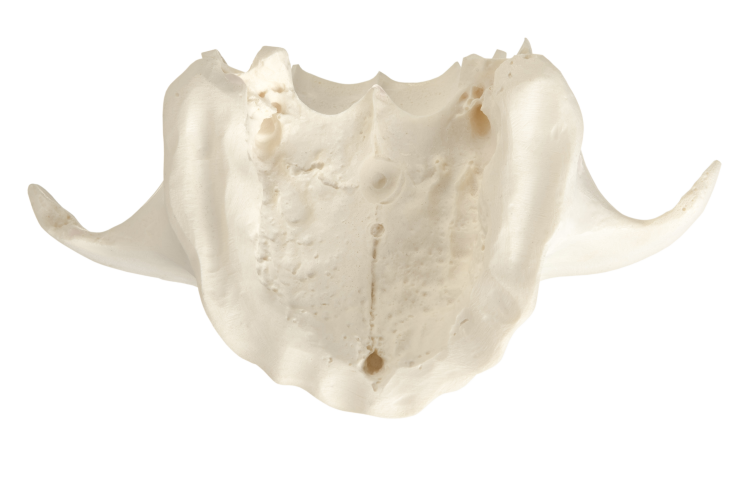
The bacterial cells inside the concrete is likely to be activated when the air and water get into concrete through cracks. Īdditionally, incorporating bacteria into concrete could also achieve self-healing due to the microbial activity.
#Gos external 9.7 cracked crack
Meanwhile, the combination of C-S-H and CaCO 3 were observed within the crack space, and they are believed to come from the further hydration of unhydrated cement particles and supplementary cementitious ingredients, and the precipitation of CaCO 3 through the wet-dry curing cycle. It was found that the micro-crack could heal itself effectively as the transport properties of pre-cracked ECCs recovered to that of virgin ones.

It forms multiple micro-cracks typically below 100 μm instead of localized single cracks in the concrete. To address this issue, Engineered Cementitious Composites (ECC), a unique type of fiber-reinforced concrete with tight crack width control, has been used to study the self-healing behavior. However, such a naturally occurring, self-healing phenomenon is rarely observed since it requires the crack width to be controlled below 100 μm while the crack width in concrete often reaches millimeter sizes even if restrained by a steel rebar.

Under moist environments, concrete has the potential to heal cracks autogenously by the continuous reaction of unhydrated cementitious materials and the precipitation of CaCO 3, which has been observed in a bridge in Amsterdam in the 1830s. ), which is normally expensive, time-consuming, non-compatible with concrete, lacking durability, and hazardous to the environment and health.Īs an alternative strategy to address this crack repairing issue, recent studies on self-healing concrete have drawn lots of attention in the past decade. The typical repair involves chemical materials (e.g., epoxy systems, polymers, Na 2CO 3, Ca(NO 3) 2, Ca(HCOO) 2 et al. Without immediate and proper repair, initial micro-cracks in concrete are likely to expand in width from the micrometer to millimeter level, which will result in accelerated carbonation of concrete and corrosion of steel reinforcement, eventually endangering the safety of structures and incurring high maintenance costs.įor crack repair, a variety of techniques are available and the repair is mostly conducted manually. Cracks in concrete are detrimental to the concrete infrastructure since they open a preferable aisle for the ingress of water, harmful ions, and gases. However, the drawbacks of low tensile strength and inherent brittleness in concrete make it susceptible to the occurrence of cracks. In addition, the crack-repair process was also shortened significantly in the case of genetically modified bacteria.Ĭoncrete has become the second most consumed material after water on earth nowadays, which contributes greatly to modern buildings due to its high strength, durability, low-cost, and availability worldwide in comparison to other construction materials. The results show that the crack-repair efficiency was enhanced very evidently by spraying genetically modified bacterial-liquid as no microbiologically induced calcite precipitation (MICP) was found within the cracks for concrete samples sprayed using wild type bacterial-liquid. The efficiency of crack-repairing in concrete by spraying two kinds of bacterial liquid was evaluated via image analysis, X-ray computed tomography (X-CT) scanning technology and the sorptivity test.

To enhance the repair efficiency and speed up the repair process, the transposon mutagenesis method was employed to modify the genes of Bacillus halodurans and create a mutant bacterial strain with higher efficiency of calcium carbonate productivity by catalyzing the combination of carbonate and calcium ion. In this paper, we studied the crack-repair by spraying bacteria-based liquid around the cracks in concrete.


 0 kommentar(er)
0 kommentar(er)
